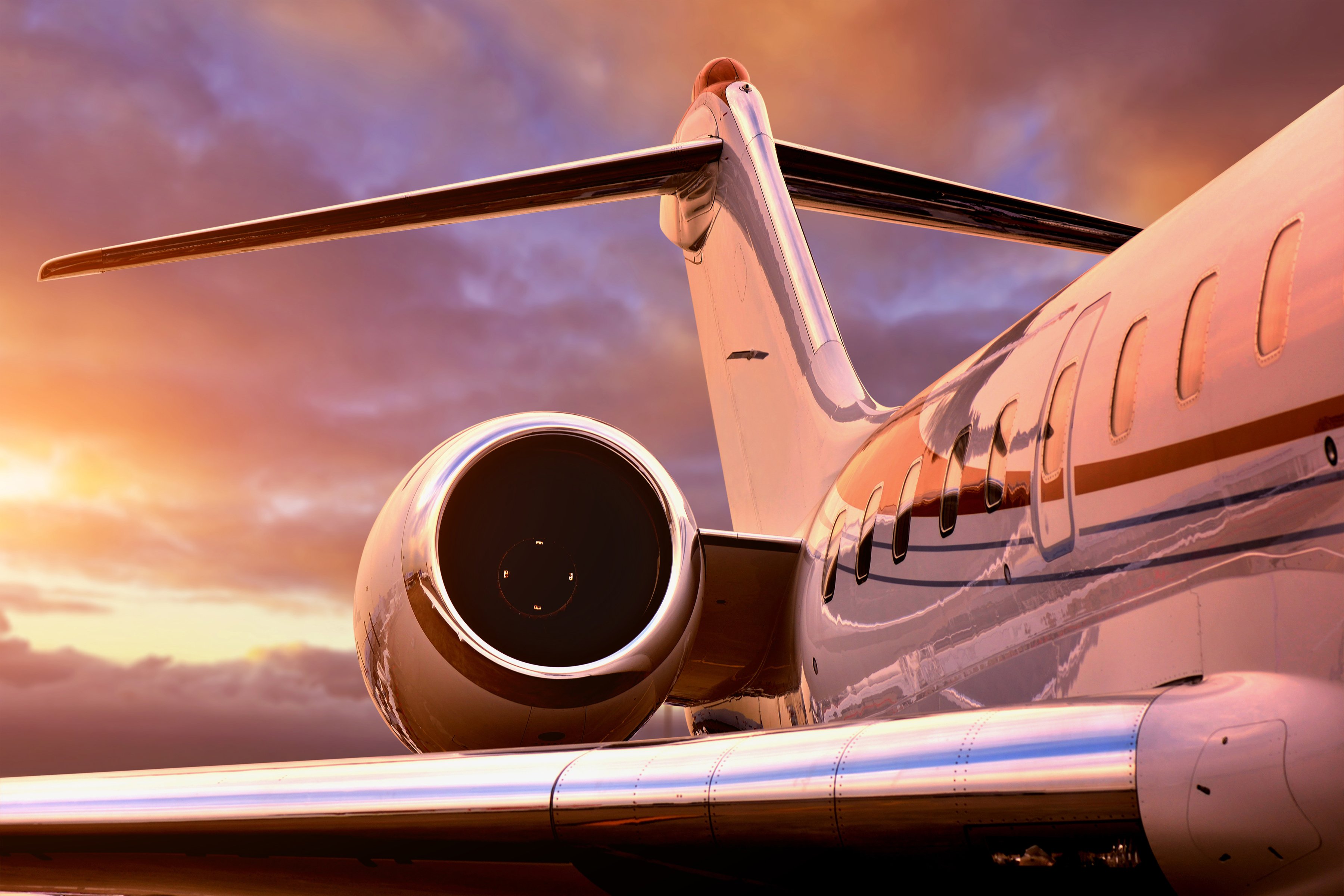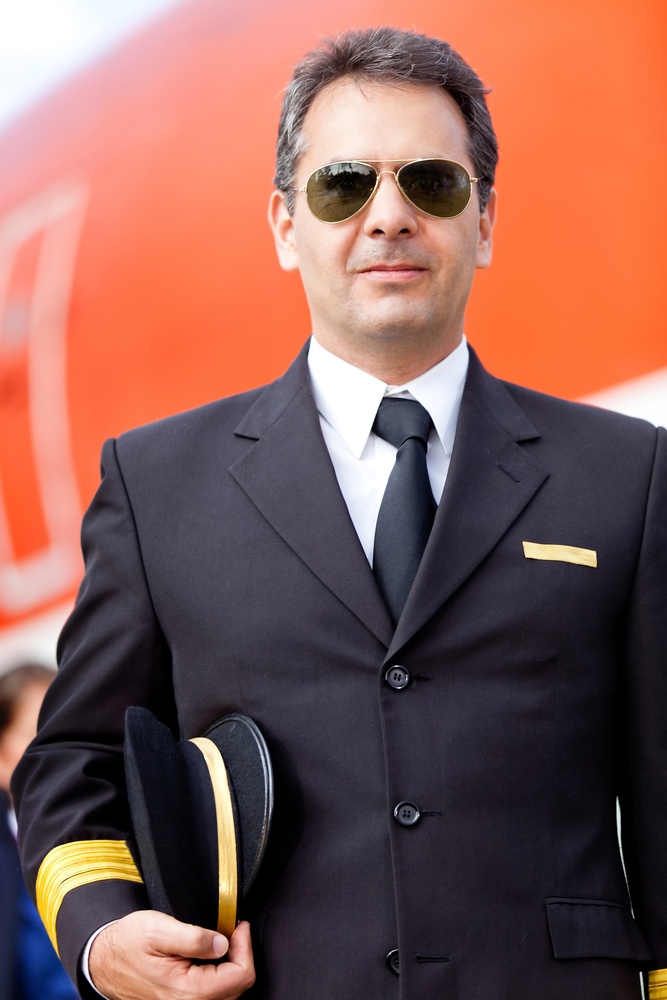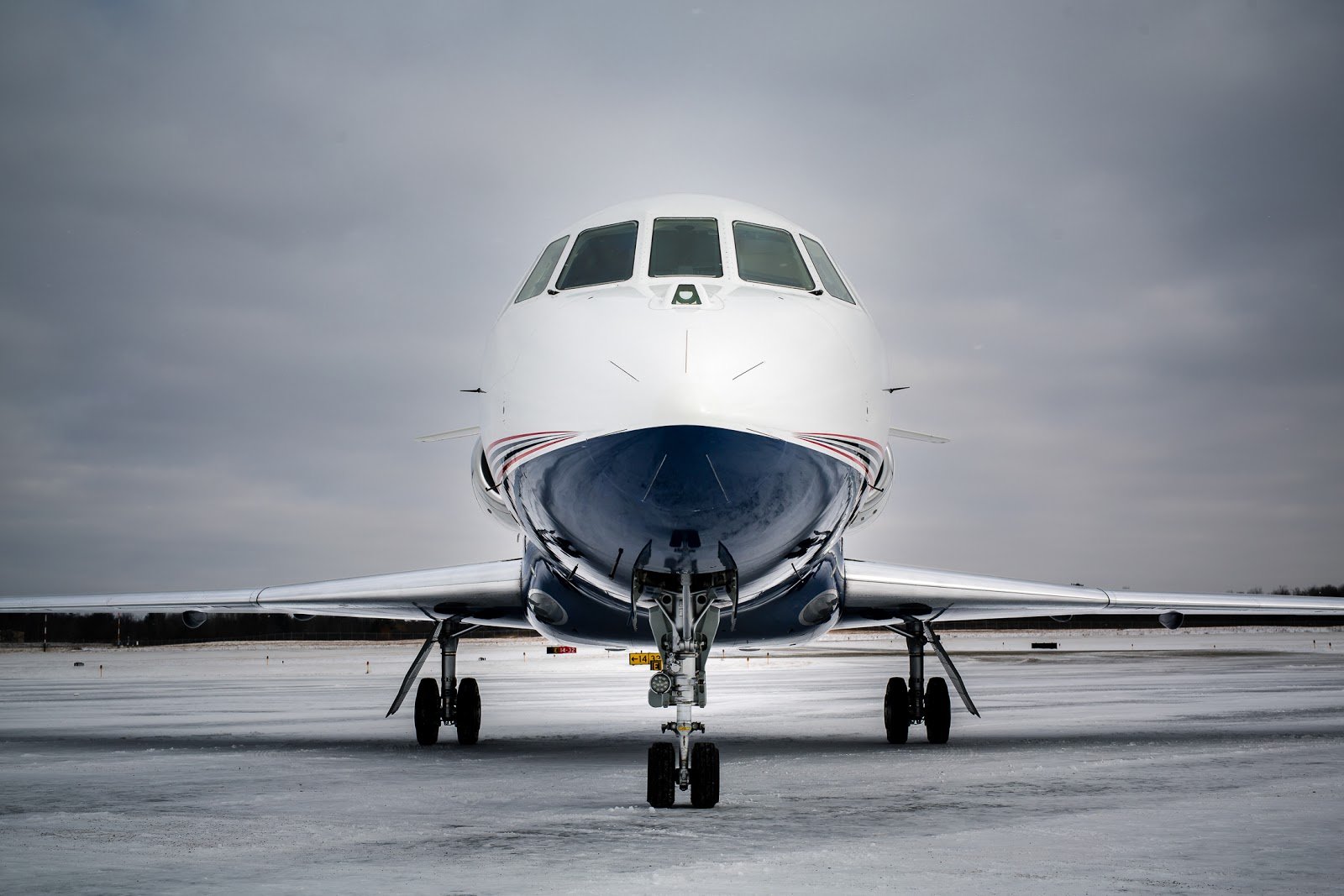Important FAA regulations and integrated data technology makes private jets one of the safest modes of travel. This article asks questions around safety. It will help you make informed decisions and charter a private jet that is safe, efficient and accessible.
Are Private Jets Safe?
There are a hundred ways to compare statistics and arguments, but ultimately, private jets are as safe or safer than any other mode of travel. Most of this safety is due to stringent governance and regulations. So instead of asking are private jets safe, ask why private jets are safe.
The Data
Most private jet accidents are well publicized, often because they involve famous or wealthy passengers. Road accidents rarely receive the same visibility, mostly due to their abundance. The National Safety Council calculates the odds of dying in vehicle related accidents. For motor vehicles they are 1 in 98 for a lifetime. For air transport, including private flights, the odds are 1 in 7,178 for a lifetime.
All flights in the US are governed by FAA regulations. A handful of recent (over the last decade) and well-publicized commercial airlines crashes have made flyers reconsider safety. Car crashes happen every day. Plane crashes are catastrophes that grab attention, for example, two Boeing 737 Max aircraft crashes in in the last 12 months. The FAA grounded all Boeing 737 Max and as of July 2019 they are not back in the air.
Driving is more dangerous in absolute numbers, with more than 5 million annual accidents in the US compared to 20 accidents in the air. If you have a lot of questions about whether private jets are safe, you must also ask whether it is safe to be on the road. Statistically, flying is far safer than driving. However, it can seem more dangerous because perception of risk is based on more than just the facts.
FAA Governance
All aircraft registered or flying in the US are governed by the Federal Aviation Authority (FAA) and written into law through the Code of Federal Regulations. These regulations can be overwhelming to the occasional or even frequent flyer. Written in inaccessible and technical language, they are designed for industry personnel, rather than passengers. Aircraft and airline safety is governed under three important FAA regulations. These are revised and republished regularly.
Part 91
Part 91 regulations are the simplest of the FAA certifications to obtain. All private jets must have at least a Part 91 certificate, including private jets flown purely for personal purposes (i.e. not just for passengers). It is possible for an operator to get paid by passengers for flights under Part 91.
Some air charter operators cut corners by achieving a Part 91 certification instead of the more complex Part 135 certification (see below). These tend to be smaller operators with small planes. At Airvel we do not believe that a Part 91 certification provides an appropriate level of safety for any air charter. For example, under Part 91 it is possible for an aircraft to land with zero visibility at the destination.
Are private jets safe? Statistics show that you are 12 times more likely to have an incident on a Part 91 aircraft than a Part 135 aircraft. This is another reason Airvel only offers air charters from FAA Part 135 operators. We do not believe that FAA Part 91 is a marker of safety.
Part 135
Any airline or operator with aircraft for charter should be a Part 135 operator. Part 135 has a more rigorous protocol that make private jets safe for passengers. The rules and requirements cover the operator, aircraft, pilots and personnel. Part 135 is officially titled “Operating Requirements: Commuter and On-demand Operations and Rules Governing Persons On Board Such Aircraft.”
On-demand operations refers to air charters, i.e. private jets available on demand for charter customers. Commuter refers to planes carrying less than nine passengers on scheduled routes.
This article on FAA Part 135 air charters provides more depth on the regulations and how they keep private jets safe. The stand out information includes:
- Certification based on whether the pilot uses IFR (Instrument Flight Rules) or VFR (Visual Flight Rules) for each flight.
- Part 135 certificate holders have responsibility around staff training. All pilots must have a training curriculum outlined by the certification.
- Private jets for charter must be piloted by a pilot with a minimum of 1500 flying hours experience.
- Specific governance around aircraft procedure in a wide variety of scenarios.
- Responsibility around record keeping for all Part 135 certificate holders and operators.
When you ask are private jets safe, you must ask whether the private jet in question is registered under Part 135. The National Transportation Safety Board (NTSB) recently published a series of recommendations for further improving the safety of Part 135 Aircraft Flight Operations. These recommendations concern flight data monitoring (FDM), safety management systems (SMS), and controlled flight into terrain avoidance training (CFIT). Essentially they aim to improve safety by bringing Part 135 operations more in line with Part 121.
Part 121
NTSB chairman Robert Sumwalt posed the question – why should Part 135 operators not be compared to Part 121? Part 121 is the FAA regulation applicable to regional and international airlines. It governs almost all scheduled, commercial flights in the US (essentially all with more than nine passengers). These regulations have greater complexity and depth, as you may expect considering they apply to very large aircraft and airlines flying enormous numbers of passengers.
But are private jets safe because they carry less passengers? No. Are private jets safe because the aircraft are smaller? No. Airvel supports the proposed changes to air charter safety and bringing Part 135 in with Part 121. This article on FAA Part 135 operations can give you an idea of these forthcoming changes and how they will make air charters even safer.
Making Air Charters Safety Through Data
As an aviation technology company, Airvel is engineering ways of moving forward the safety objectives of FAA and Part 135. We play an essential role in a regulatory environment that guarantees private jets are safe, through quality, safety and security. There are in excess of 5000 operators and 10,000 aircraft. Airvel helps to manage the data and tackle safety related issues at scale.
As part of the flight management process, Airvel partners with Wyvern and Argus to verify critical information about Part 135 operators. This is just a selection of some of the data integrated on the Airvel booking system.
- Adherence to applicable FAA regulations and certifications
- In-depth historical safety analysis
- Pilot background checks, experience and training certifications
- The results of rigorous on-site fleet audits
- Liability insurance coverage
- Emergency response planning and training
- Flight department training and certifications
- Maintenance records
Airvel’s Role in Developing Air Charter Safety
Other air charter marketplaces employ large verification teams to carry out manual checks on aircraft, pilots and operators. But a manual check is open to human error and a manual check is timestamped to the day it occurred.
We join up the data to guarantee indications of safety are consistent and reliable from their source (FAA, Wyvern, Argus) to the end consumer (the passengers). This is achieved by creating key tools at critical points in the data lifecycle:
- Creation: We tap directly into the source of the data to ensure the Airvel marketplace is always in sync with the FAA, Wyvern, Argus and other partners.
- Updates: We automatically cycle the data to update new aircraft and flush out expired certifications.
- Operator Lifecycles: Operators go through changes just like aircraft. We’ve built data associations that can handle new associations when mergers, acquisitions, or joint ventures occur.
Are Private Jets Safe? Booking a Safe Air Charter
Airvel is the world’s leading booking engine for private air charters. You can search over 4000 approved aircraft and fly to over 2500 destinations. When you ask are private jets safe, we show you Argus and Wyvern rating information so you can be empowered to make your own decision. Your trip management page will also show specific information about the pilot on your flight (typically available 48 hours prior to departure).
You probably have more questions and we would like to answer them personally. Our concierge team can tell you more about private jet safety. This 24-7 concierge service is extended to everyone. With Airvel you can pay as you fly and only pay for the flights you want. There are no upfront fees or sky-high jet card memberships.
By improving safety and accessibility, Airvel believes anyone can fly on a private jet. Give it a try at Airvel.com







Comment